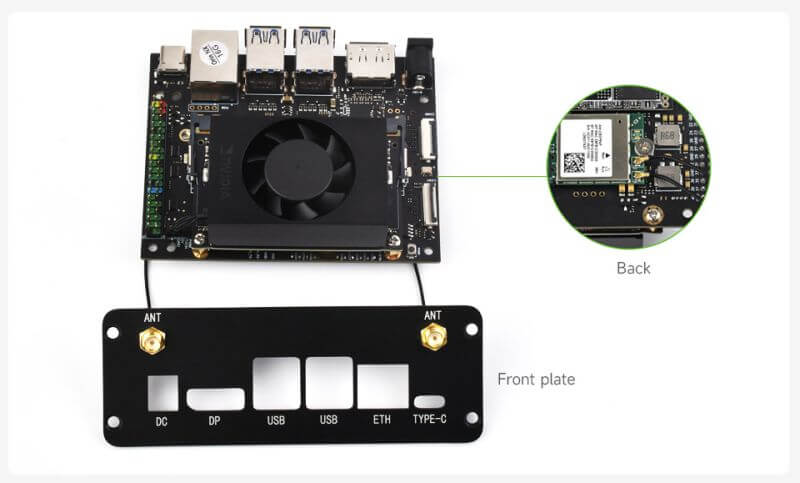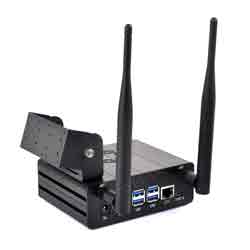- sales/support
Google Chat: zj734465502@gmail.com
- sales
+86-0755-88291180
- sales01
sales@spotpear.com
- sales02
dragon_manager@163.com
- support
tech-support@spotpear.com
- CEO-Complaints
zhoujie@spotpear.com
- sales/support
WhatsApp:13246739196
- HOME
- >
- ARTICLES
- >
- Jetson Series
- >
- Jetson Acc
Jetson Orin Nano JETSON-ORIN-CASE-A User Guide
How to Assemble
- Before assembling, you can first confirm that all the accessories are complete.
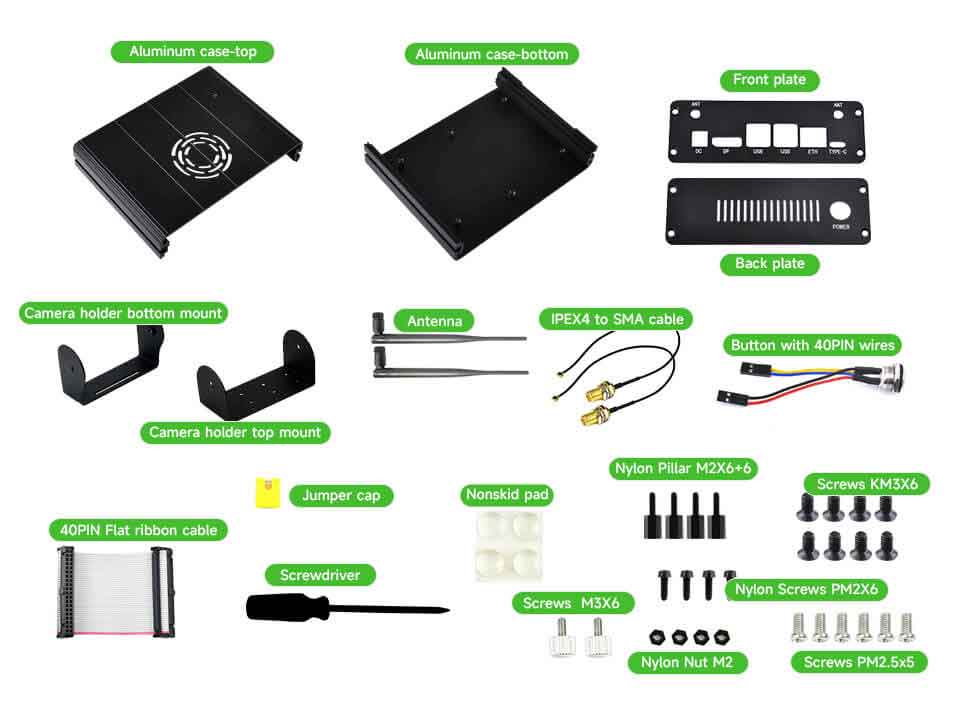
Among them, the list of ⑬ screw packages includes:- Jumper cap
- M3 screws
- M2 nylon pillar
- M2 nylon screws
- M2 nylon nut
- M3 black flat-head screws
- M2.5 silver screws
- Remove the base of the Jetson Orin Nano/NX and also remove the PCB antenna of the wireless card. Please keep the removed parts for future after-sales and service purposes to restore the board when needed.
- Install the IPEX4 to SMA cable to the front plate. To fix the SMA connector, you need to unscrew the fixed nut of the cable and lock it on the outside of the front plate. The other end of the IPEX4 to SMA cable cable is connected to the wireless card on the back.
- Fix the Jetson Orin Nano/NX module to the aluminum bottom case with M2.5 silver screws, and simultaneously fix the front plate to the aluminum bottom plate with M3 black flat-head screws.
- Insert a jumper cap into the AUTO ON and DIS pins on the module. Unscrew the nut with the LED button and secure it to the back plate. Connect the button wires to the PWR BTN/GND and LED pins on the module.
- Note that the red wire should be connected to LED+, the black wire to LED-, and the yellow and blue wires are for the button, with no specific order required.
- After connecting the button, use M3 black flat-head screws to secure the lower part of the back plate to the aluminum bottom case.
- If you need to connect a camera, thread the camera ribbon cable through the hole on the right side, securing it to the camera interface. Ensure that the metal contacts of the ribbon cable are facing downward.
- If you need to connect a camera, secure the camera holder bottom mount to the aluminum top case using M2.5 silver screws.
- If you need to connect a camera, use the provided nylon screw set to secure the camera to the camera holder top mount. Make sure to insert nylon pillars between the camera and the bracket to prevent the camera from short-circuiting.
- Please note that you should not use metal screws in this step. Using metal screws could lead to a short circuit with the camera, potentially damaging the equipment.
- Fix the camera holder top mount onto the camera holder bottom mount and tighten them together using M3 screws. During use, users can loosen the screws to adjust the bracket's angle as needed.
- Install the aluminum top case onto the bottom case, ensuring the correct orientation. Then, use M3 black flat-head screws to securely fasten the upper side of the side panels. Connect the other end of the camera ribbon cable to the camera, and attach the antenna.
- Finally, users in need can apply non-slip rubber pads to the bottom.
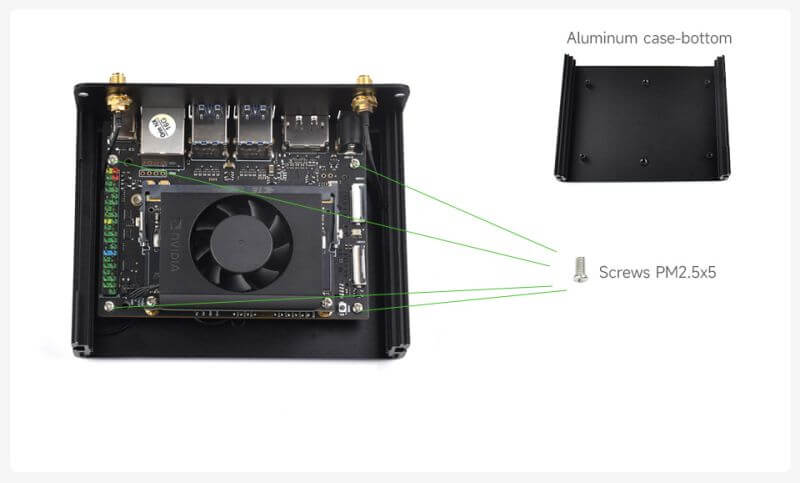
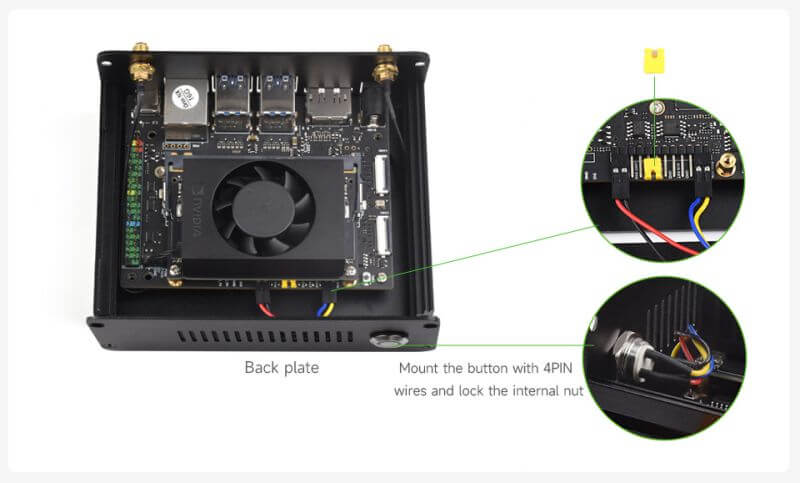
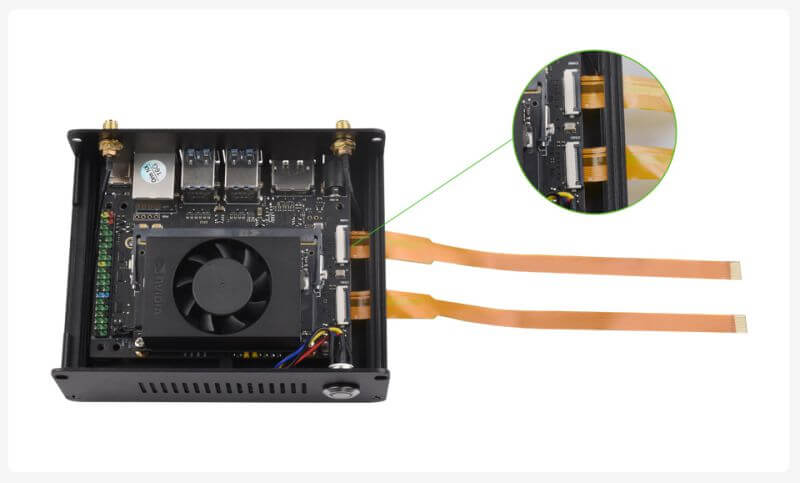
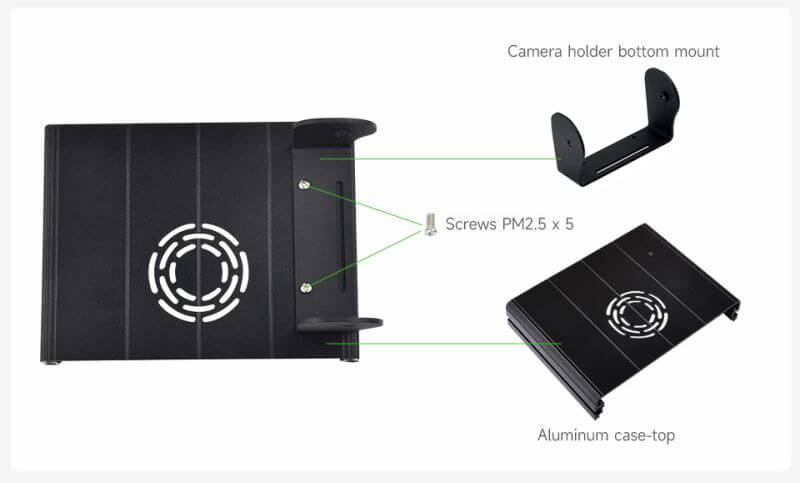
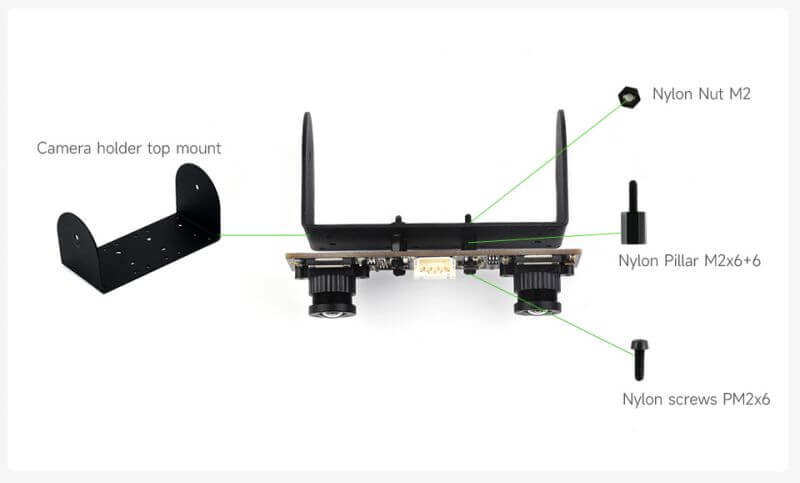
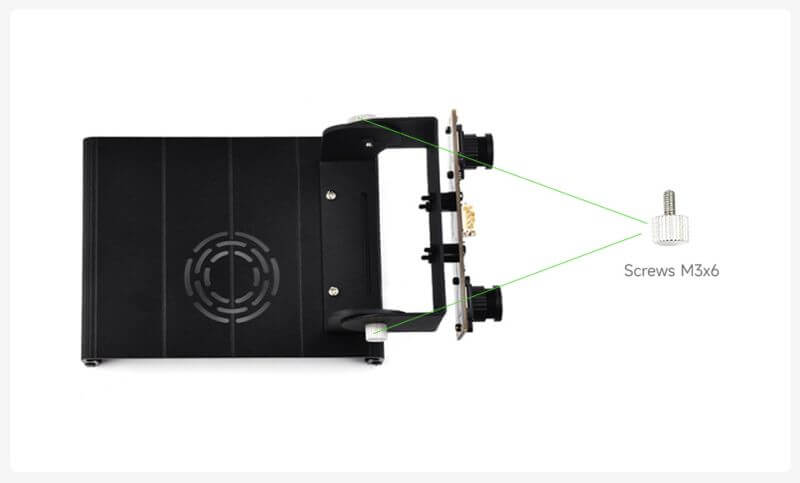
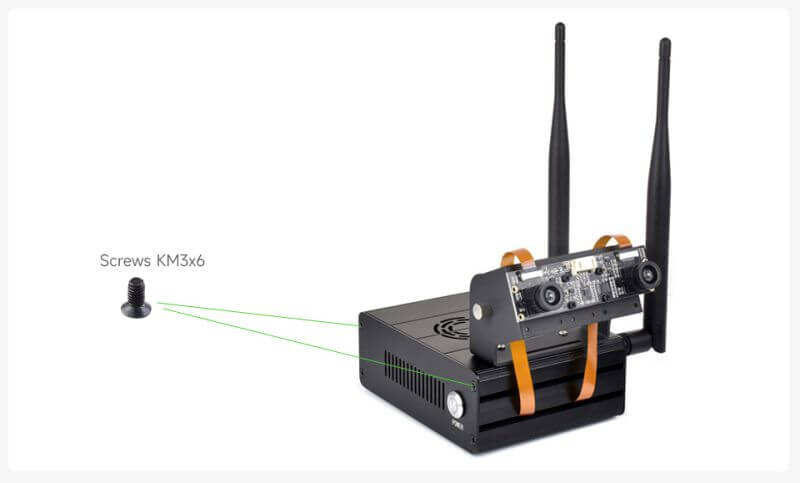
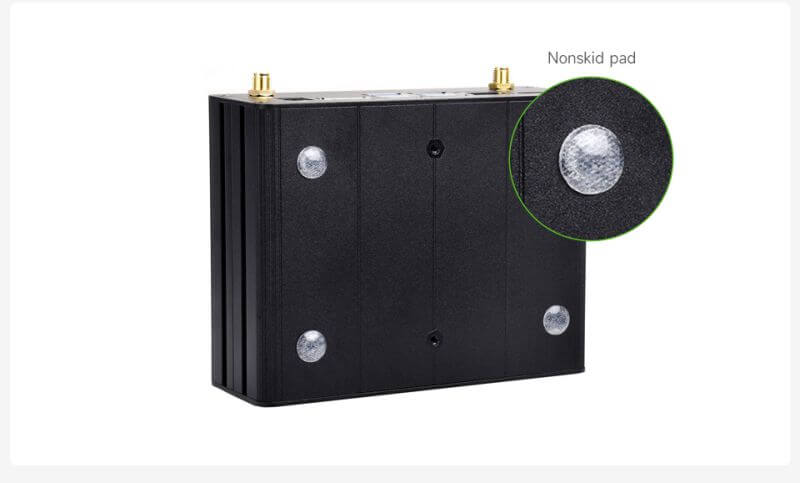
TAG:
Supports Night Vision
LCC-14
luckfox-pico-ultra-w-gpio Use
Modbus POE ETH Relay MQTT User Guide
Thermal imaging camera
AV to LVDS
Arducam
Bus Servo Adapter A
UART Serial Server
Raspberry Pi HQ Camera Official Original High Quality For M12 Lenses 12.3MP IMX477 Sensor
Raspberry Pi ST7789
RISC-V
14 inch Dual LCD Computer PC Monitor Display Double Secondary Screen Type C Mini HDMI 1080P For Windows/MacOS
ESP32-S3 1.14inch LCD
Mobile Robot
Sipeed NanoCluster Mini Cluster Board mini data center For Raspberry Pi CM45 / Computer /LM3H /M4N
Wireless AW CB375N 2.4G/5GHz Dual Band WiFi5 Wireless module RTL8822CE CG Bluetooth 5.0
Raspberry Pi Industrial 10.1 inch DSI LCD HMI TouchScreen MIPI Display 1280x800 10.1inch One-Body PC With Front Camera For Pi 4/5
ESP32-S3
Sipeed Lichee Tang Nano 4K FPGA MINI Development Board W1NSR-LV4C GOAI Gowin
TAG:
Raspberry Pi 5 Case
Top-Version Luckfox Lyra Ultra RK3506B OnBoard EMMC-8GB Mic Option WiFi6 /PoE With Audio and Display Port
PI5 ABS Case
CPU
Raspberry Pi 5 PCIe USB HUB 3.2 Gen1 HAT+ High Speed Pi5
spotpear
LuckFox
USB To CAN FD Bus Data Analyzer Bus Communication
DeepSeek AI Voice Chat ESP32 C6 Development Board 2.06-inch AMOLED Display 410×502 2.06inch TouchScreen Programmable Watch
TOF Laser Range Sensor Mini Radar Arduino Raspberry Pi ESP32
USB Monitor
Raspberry Pi display
Raspberry Pi Pico 2 P2350-Plus Smart Car Kit PicoGo2 Autonomous Driving Learning Car
Raspberry Pi
Serial UART Magnetic Encoder Bus Servo ST3215-HS 20KG.CM High Speed
Raspberry Pi Pico 2 RP2350 2 inch LCD Capacitive TouchScreen Development Board 240x320 Display QMI8658 6-Axis /OV5640 Camera /SD /Battery Port
Industrial RS485 Modbus RTU Relay
Milk V Duo
RS232 to Ethernet
Horizon Sunrise RDK X5 Dedicated Heat Dissipation Shell Aluminum Alloy Material Cooling Fan Camera Mount




